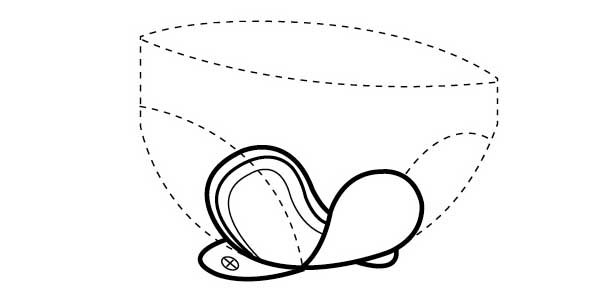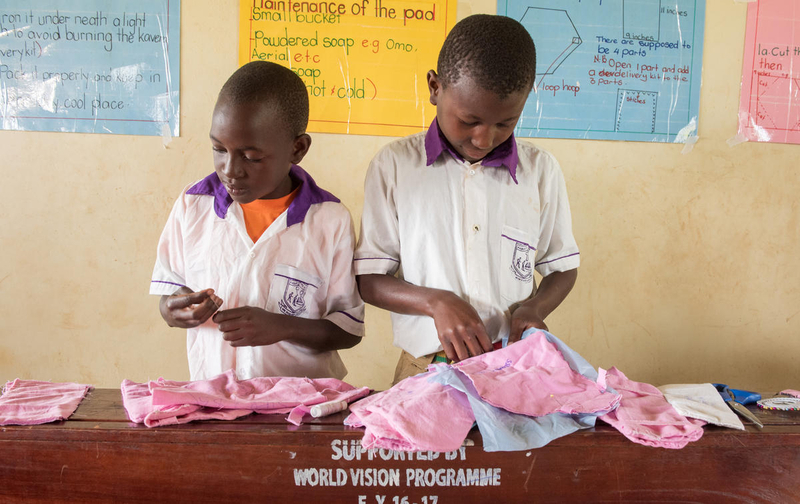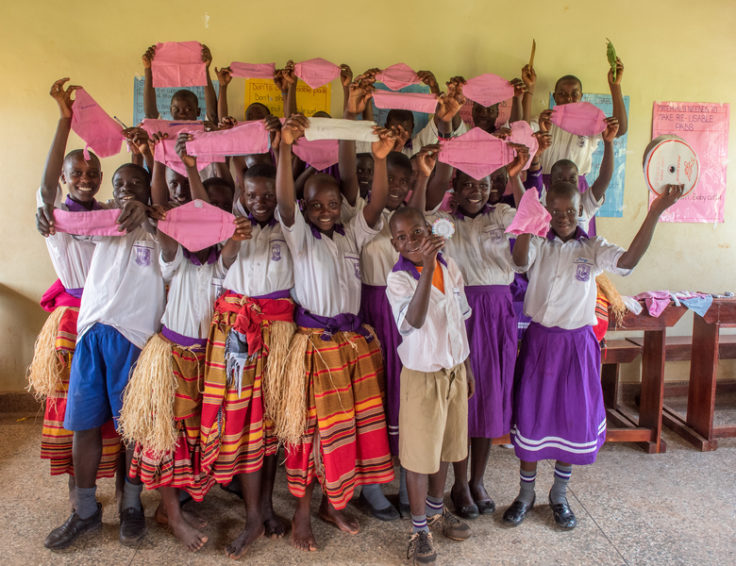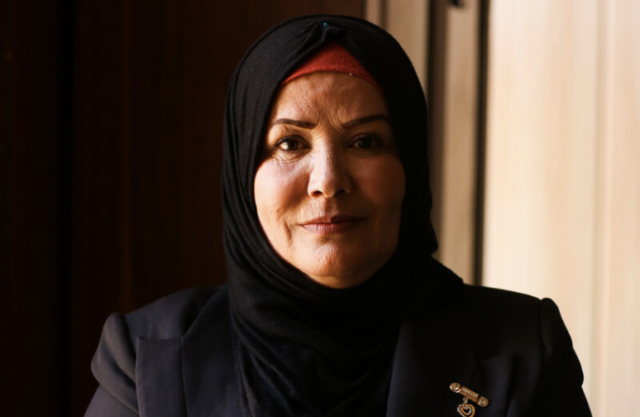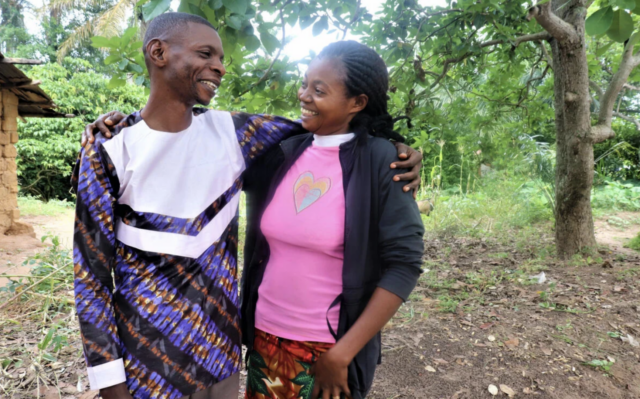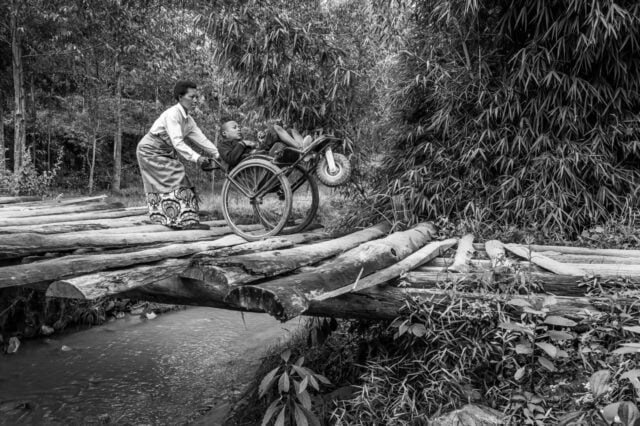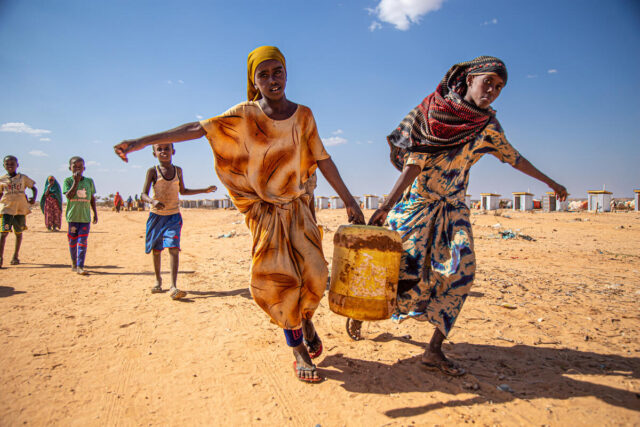When girls start their periods, it’s usually met with either feelings of excitement or dread, depending on how each girl views the coming changes that prepare them for womanhood. But for many girls in developing countries, it often comes as a ticking clock that marks the beginning of the end of their education.
Many schools don’t have latrines where girls can take care of themselves during their periods, and beyond that, most girls in poor countries don’t have access to — nor could they afford — reusable pads or tampons. Without feminine hygiene products, many girls skip school while on their periods. That means they miss up to a week of school every month so girls start to fall behind and eventually drop out. Alternatively, some girls make their pads using products that can be unhygienic or even dangerous, such as newspaper, grass, hay, or cow dung.
To help ensure periods don’t mark the end of a girl’s schooling, World Vision dedicates part of its water, sanitation, and hygiene (WASH) work to address this critical issue. This means working with communities to install latrines at schools so girls can care for themselves during their periods. And in partnership with Sesame Workshop — the nonprofit that brings us “Sesame Street” — we work with both boys and girls through our WASH behavior change clubs to reduce the stigma surrounding periods by teaching how it’s a natural part of life. Kids even learn how to make and care for reusable hygienic pads — girls for themselves, but boys too so they can support their sisters and moms. Here’s how children make reusable menstrual pads.
MATERIALS NEEDED:
- A piece of light, flexible plastic, like a plastic bag
- A piece of clean, absorbent material, like cotton
- A piece of fabric
- A needle and thread
- A button
- Scissors (preferably fabric or sharp enough to cut through fabric)
INSTRUCTIONS:
1. Cut the piece of cotton into a long shape with rounded ends. Then cut the plastic piece slightly larger than the cotton piece.
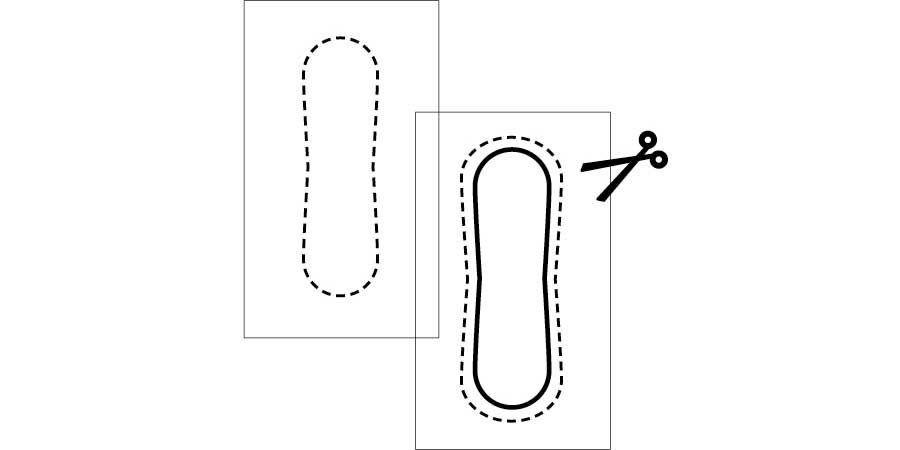
2. Cut the fabric longer than the previously cut pieces and with wings on the edges of the long sides.
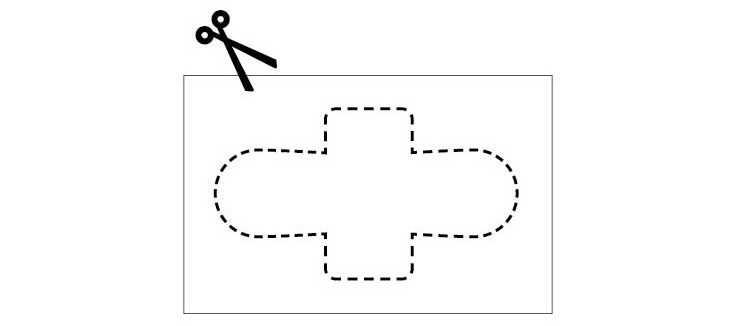
3. Thread your needle and sew the cotton piece to the plastic piece.
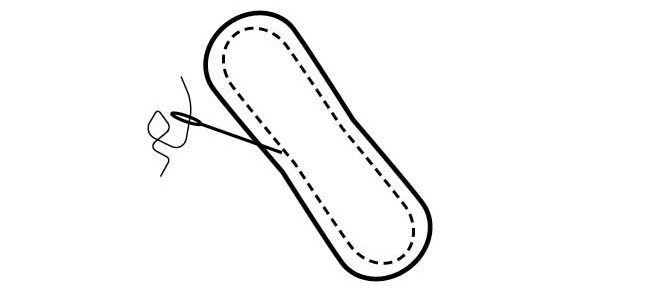
4. Sew that combined piece to the fabric piece, the cotton side facing outward and the plastic side between the fabric and cotton.
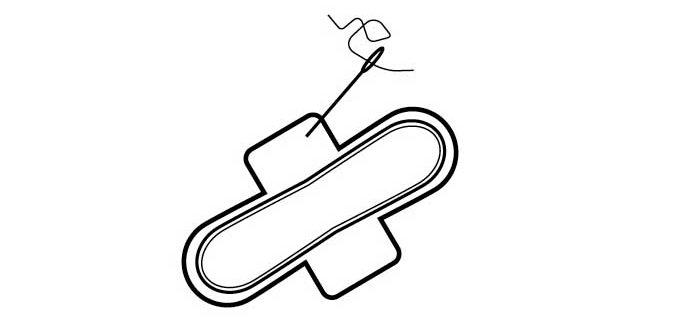
5. On the edge of one of the wings, sew the button on.
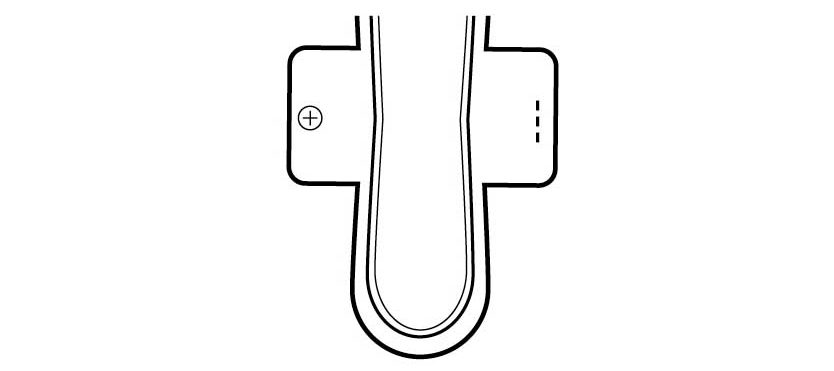
6. On the opposite wing, also along the edge, cut a small, narrow hole for the button to fit through.
7. To wear the reusable menstrual pad, place it in your underwear, wrap the wings under, and use the button to secure in place.
